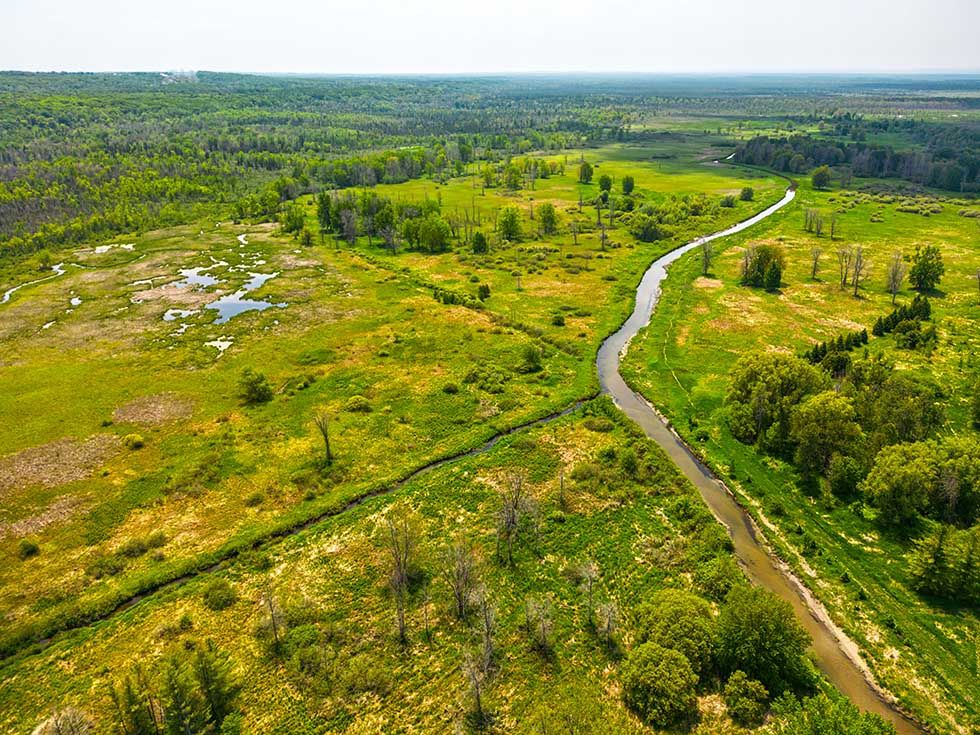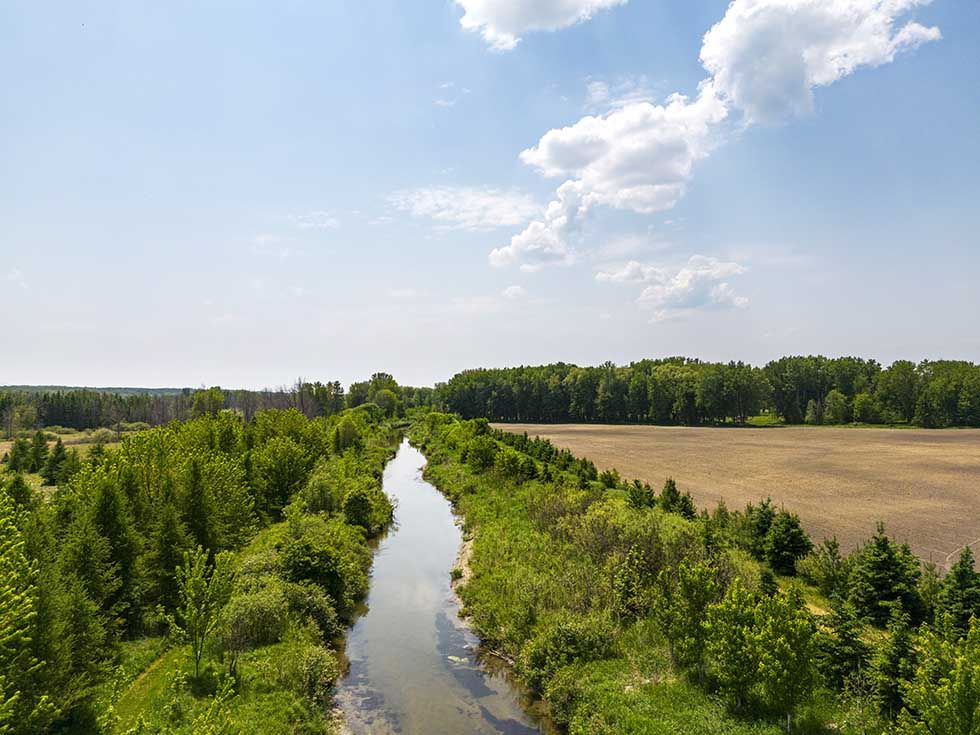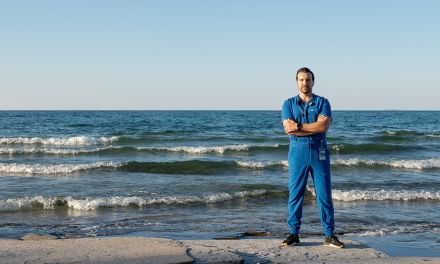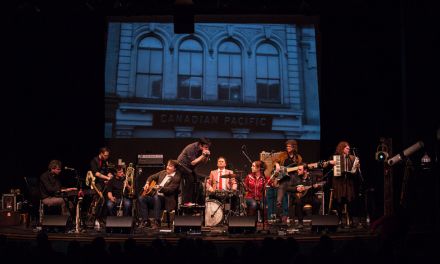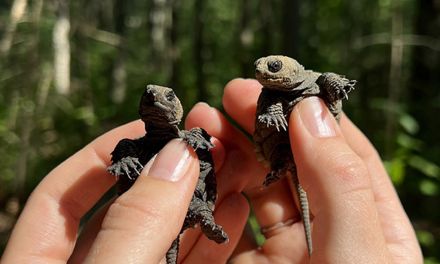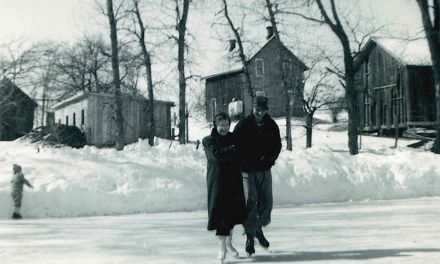The Purest Water on Earth
Words by Marc Huminilowycz | photography Clay Dolan
Thanks to large underground reservoirs that are fed by rainwater and snowmelt, our watersheds are known to produce some of the cleanest drinking water in the world.
Water. It’s something that many of us take for granted—especially in Canada, where seven percent of the world’s renewable fresh water is located. Turn on a tap, and it’s there for drinking, cooking, bathing, cleaning and watering the garden.
Many years ago, a relative of this writer used to make regular treks from his Wasaga Beach cottage to the village of Elmvale to fill jugs with clean drinking water flowing from a pipe by the side of the road. The water, which came from an underground aquifer, was fresh and tasted great. What this relative may not have known at the time was that it was, and still is, considered to be some of the cleanest water in the world.
The source of this pristine water is the Alliston aquifer, an ancient underground reservoir located under the Simcoe Uplands in Tiny, Springwater, Oro-Medonte and Tay Townships. It has been replenished for millennia by rain and snowmelt flowing from the surrounding hills, continually filtered for impurities and contaminants through ancient layers of gravel and sand left behind by retreating glaciers. It is also fed by additional aquifers including those from a section of the Niagara Escarpment.
Leading scientists from around the globe have designated the Alliston aquifer as being the purest water on the planet—so clean that it’s being used as a benchmark for water purity throughout the world. Thankfully, this precious source of drinking water is being safeguarded—designated a “protected zone”, the area surrounding the aquifer is strictly regulated for any development activities to prevent contamination and to maintain its cleanliness and purity.
In large part, the Alliston aquifer and the local residents who enjoy its purity owe the preservation of this precious water to the efforts of one man; Dr. William Shotyk, Bocock Chair of Agriculture and the Environment at the University of Alberta’s Department of Renewable Resources. For over thirty years, Dr. Shotyk has been studying and testing the aquifer on and around his farm property near Elmvale. The founder and head of the Elmvale Foundation, a local organization for environmental education, he is currently heading a large groundwater project studying the ages, sources, capacity and processes that make the water so special.
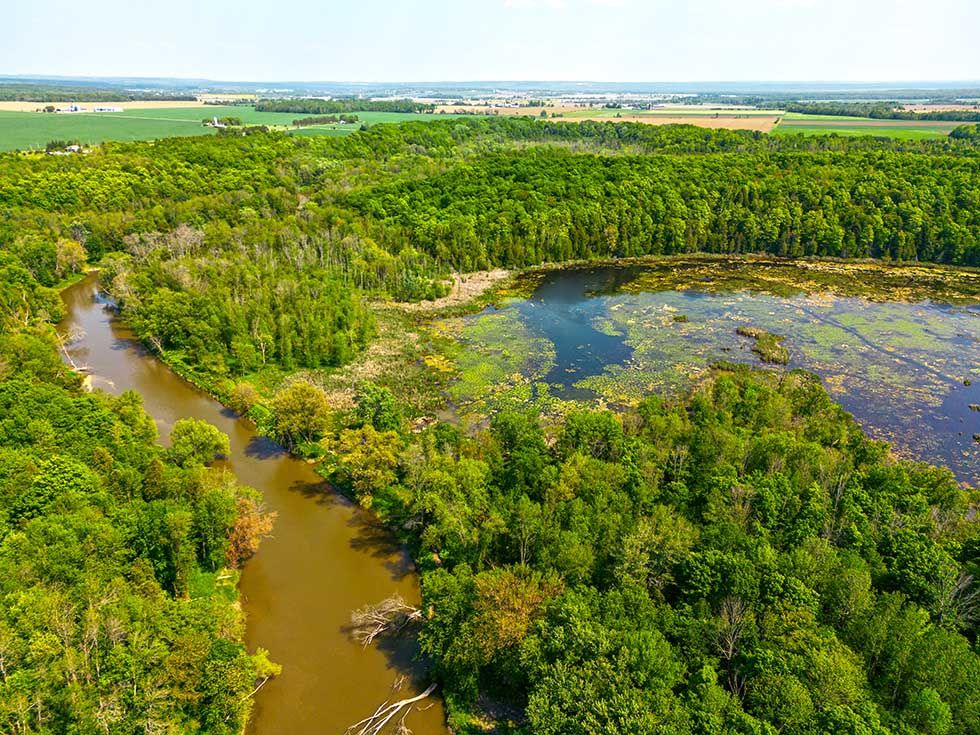
Just how pure is the Alliston aquifer water? During a special presentation to Springwater Township Council recently, Dr. Shotyk began by first describing the history of the region that sits above it. “These were once lands inhabited by the Wendat nation. At the centre was a place they called Ekhiondastsaan, which means ‘the lands that exude water’. This place was important to the original inhabitants, containing a vital resource that they consumed for millennia. It’s appropriate that the municipality sitting on top of the aquifer today is named Springwater Township.”
Speaking to the purity of the water, Dr. Shotyk presented the findings of his test results obtained over thirty years. “The most common water quality indicators include nutrients such as nitrate and phosphate, chloride, organic contaminants like pesticides and herbicides from farming, and trace elements. Nutrients have been consistently below the limit of detection. Chloride is less than one part per million [ppm]. The definition of pristine groundwater is less than five ppm. One leading international water expert said, ‘less than one ppm is impossible – I’ve never seen such clean water anywhere’.”
As to organic contaminants from farming, Dr. Shotyk reported not a trace in the water over the years. And the presence of trace elements, specifically lead, have measured a mere one part per trillion [ppt] in Elmvale water, compared to five ppt of lead in the cleanest core samples of ancient arctic ice. “It’s not just clean water. It’s exceptional water.”
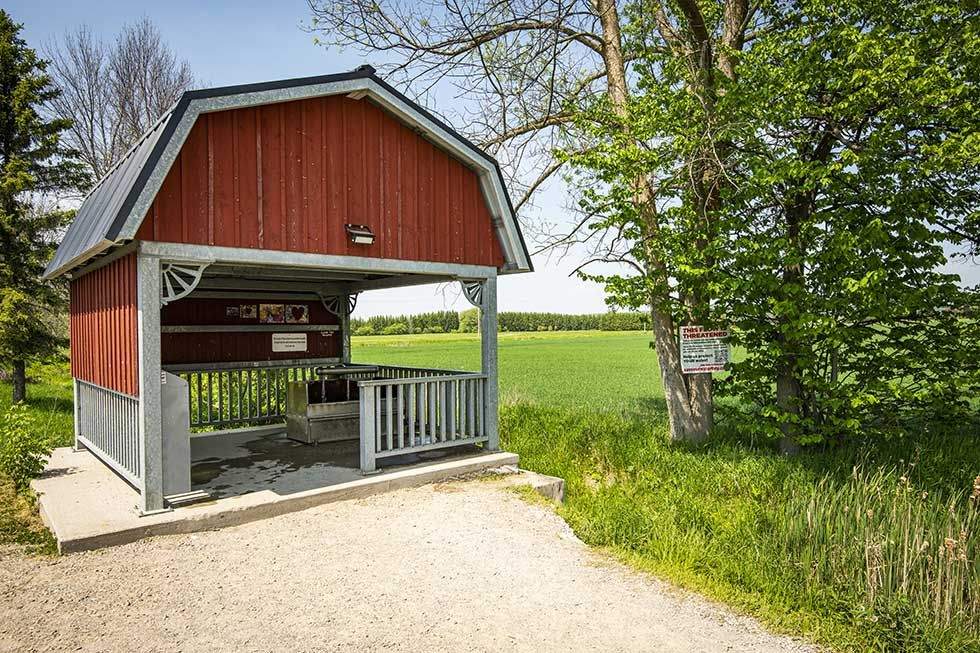
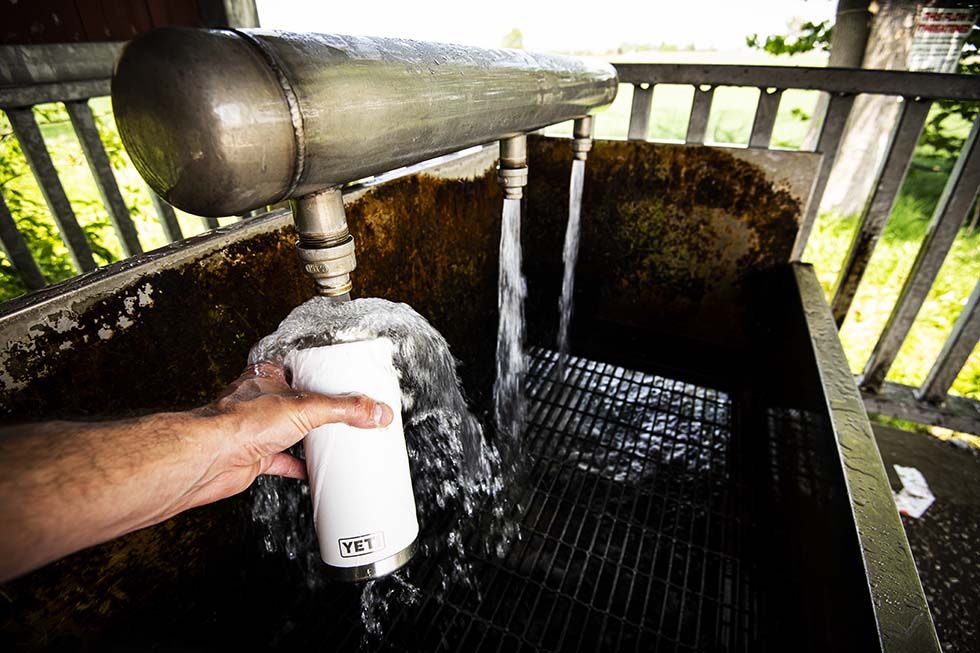
Dr. Shotyk went on to describe the age and depth of the Alliston aquifer; “In some locations, it’s what is called ‘modern water’, meaning younger than 1950, with exceptional flow. Elsewhere, it’s ancient groundwater – about three thousand years old.” He described the depth of the aquifer as fairly consistent, with the Elmvale well water coming up from a depth of fifty-six metres.
The Alliston aquifer continues to supply remarkably clean drinking water as it has for millennia thanks to the efforts of Dr. William Shotyk, concerned citizens, advocacy groups, and the foresight of enlightened municipalities. The pipe in the ground in Elmvale, where this writer’s relative gathered clean drinking water many years ago, is now a sheltered kiosk with three taps for filling water containers. Thankfully, it is still free for the taking—worth the trip for anyone who wants to savour the cleanest water in the world.
Meanwhile above ground, in a vast area stretching from west of Barrie to Georgian Bay in the townships of Springwater, Clearview and Essa, lies an important watershed that is internationally recognized and provincially managed and protected. The Minesing Wetlands acts as a reservoir that absorbs floodwater during the spring thaw, filters it, then slowly releases it into the Nottawasaga River system. Supplying a major source of nutrients and sediment to Nottawasaga Bay, it also acts as a sponge-like shock absorber that protects coastal communities like Wasaga Beach from catastrophic flooding.
The Minesing Wetlands is also an area of unique biodiversity, providing habitat for 400 plant species (11 of which are rare in Ontario) and at least 23 types of mammals. It is the largest wintering ground for white-tailed deer, a staging area for thousands of migratory birds (including some rare species), and a passageway for many species of fish on their way to spawning grounds. Because of these attributes, the wetlands are a popular recreation area that draws nature-lovers, canoeists, hikers, and anglers alike from spring to fall.
Whether it’s the Alliston aquifer or the Minesing Wetlands the reason why these waters are so clean is elementary. According to Dr. William Shotyk, “It’s rain water that flows down hills and filtered by soil that continually removes contaminants. Pure and simple. Mother Nature always knows best.”
